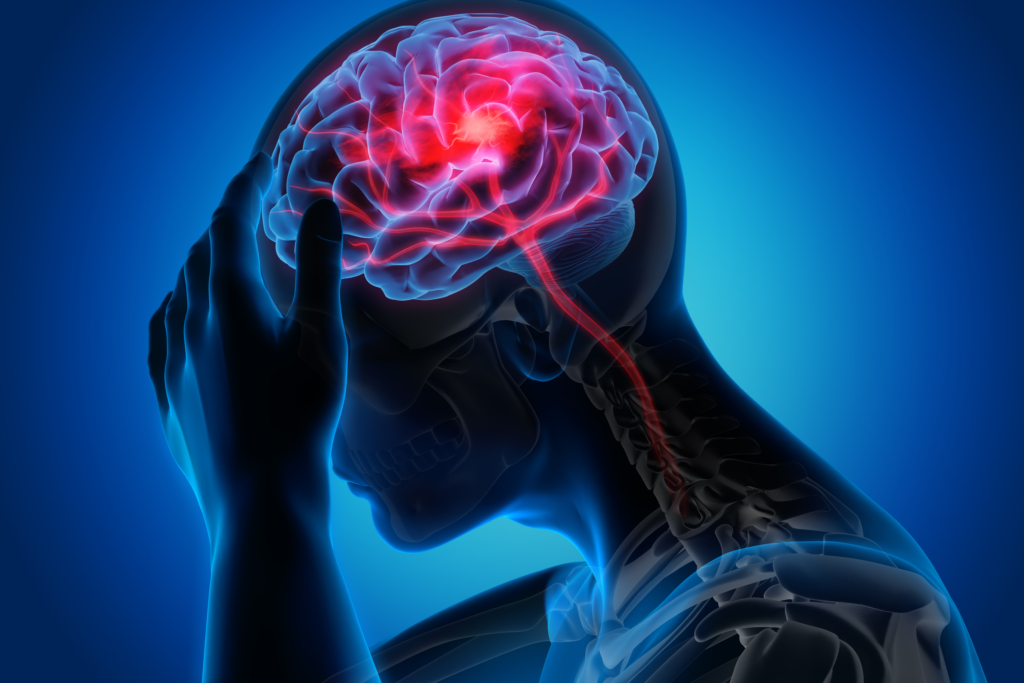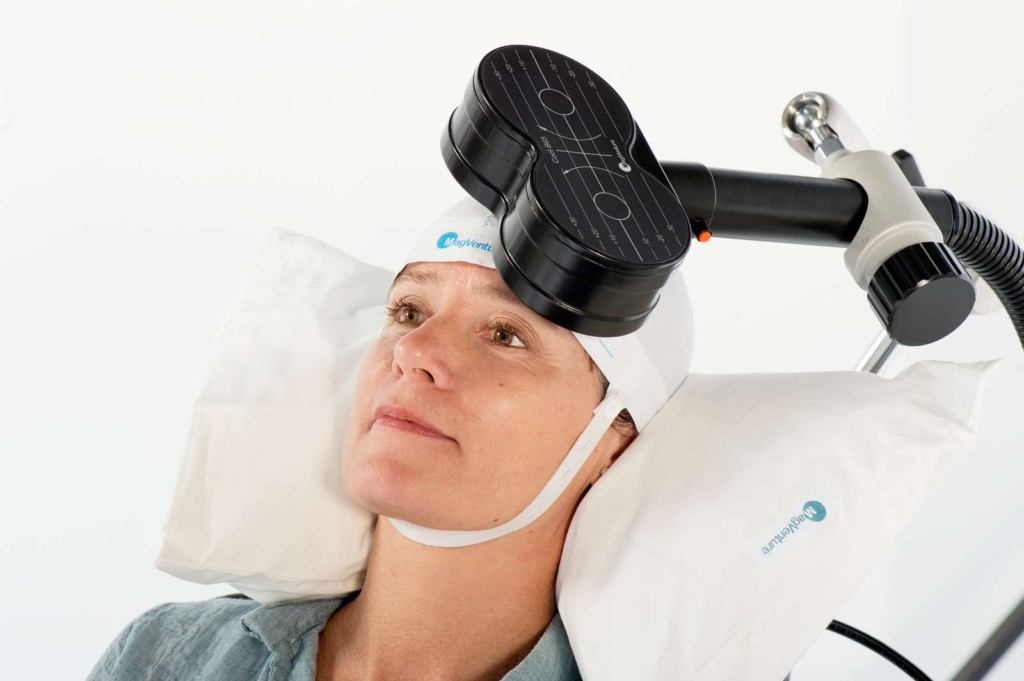
EMDR and RTMS – A New Combined Approach to Fibromyalgia Treatment

What is PTSD?
PTSD (post-traumatic stress disorder) is a mental health condition that may develop after a person experiences or witnesses a significant traumatic event or events. CPTS (complex post-traumatic stress) may be caused by experiencing recurring or long-term traumatic events, often as a result of childhood neglect and/or abuse. The symptoms of complex PTSD are often similar to those of CPTS.
While commonly associated with emotional and psychological symptoms, PTSD and CPTS also have significant impact on physical health, often intertwining with the experience of pain. The connection between PTSD, CPTS and pain is intricate and multifaceted, affecting individuals on both physiological and psychological levels.
How is it Related to Fibromyalgia?
A common symptom of PTSD and CPTS is a heightened state of arousal and hypervigilance, meaning those affected experience a near constant state of alertness, with their bodies on high alert for potential threats. This sustained state of arousal leads to increased muscle tension, creating a breeding ground for physical discomfort and pain, particularly in the form of tension headaches, muscle aches, and overall bodily discomfort.
Additionally, neural pathways involved in both the experience of pain and the manifestation of PTSD/CPTS symptoms overlap significantly. The brain’s stress response system, including the release of stress hormones like cortisol, may stimulate the nervous system, amplifying the perception of pain. This heightened sensitivity can lead to a lower pain threshold and increased pain intensity, exacerbating physical discomfort.

Eye Movement Desensitisation and Reprocessing (EMDR) and other somatic treatments, such as mindfulness, various forms of yoga and Breathwork, for example, have shown remarkable efficacy in addressing chronic pain related to PTSD and CPTS. The interplay between psychological trauma and physical pain is intricate, and these therapeutic modalities offer a holistic approach to healing by targeting both the mental and physical aspects of the client’s distress and pain.
What is EMDR?
EMDR has proven effective in processing traumatic memories, alleviating the emotional and physiological distress associated with them. Traumatic experiences can become stored in the body, contributing to chronic pain. EMDR’s unique bilateral stimulation, often through eye movements, facilitates the processing and integration of traumatic memories, diminishing their impact on mind and body.
Somatic treatments, including EMDR, recognise the embodied nature of trauma and chronic pain. For clients with PTSD/CPTS -related chronic pain, the focus on somatic experiences helps regulate the autonomic nervous system, reducing hyperarousal and promoting healing.

Such treatments address the neurobiological underpinnings of chronic pain in PTSD and CPTS. Trauma dysregulates the central nervous system, leading to heightened sensitivity to pain. EMDR and somatic therapies work to modulate this sensitivity, fostering a more adaptive response to pain stimuli.
What is RTMS?
Repetitive Transcranial Magnetic Stimulation (rTMS) is another treatment approach which has been shown to be effective in the field of PTSD/CPTS related chronic pain. RTMS works by targeting the dysregulated areas of the brain with a non-invasive, drug free treatment approach, and works to restore normal activity and decrease the heightened sensitivity to pain. RTMS has the added benefit of increasing neuroplasticity (the brain’s ability to change and reorganise itself), which could potentially supplement the effect of psychological treatments such as EMDR. Our experience is often that the immediate benefits of rTMS allow people greater energy and capacity to begin tackling the underlying trauma at the heart of their condition, allowing them to achieve long term improvements.
The mind-body connection plays a pivotal role in the persistence of chronic pain. EMDR and related somatic treatments empower clients to explore the connection between their thoughts, emotions, and physical sensations. By enhancing body awareness and promoting self-regulation, these therapies equip clients with tools to manage and alleviate chronic pain symptoms.
This article was co-authored by Richard Denny (EMDR Specialist at Mindful Resilience) – https://mindfulresilience.co.uk/
Posted on 25th January 2024
